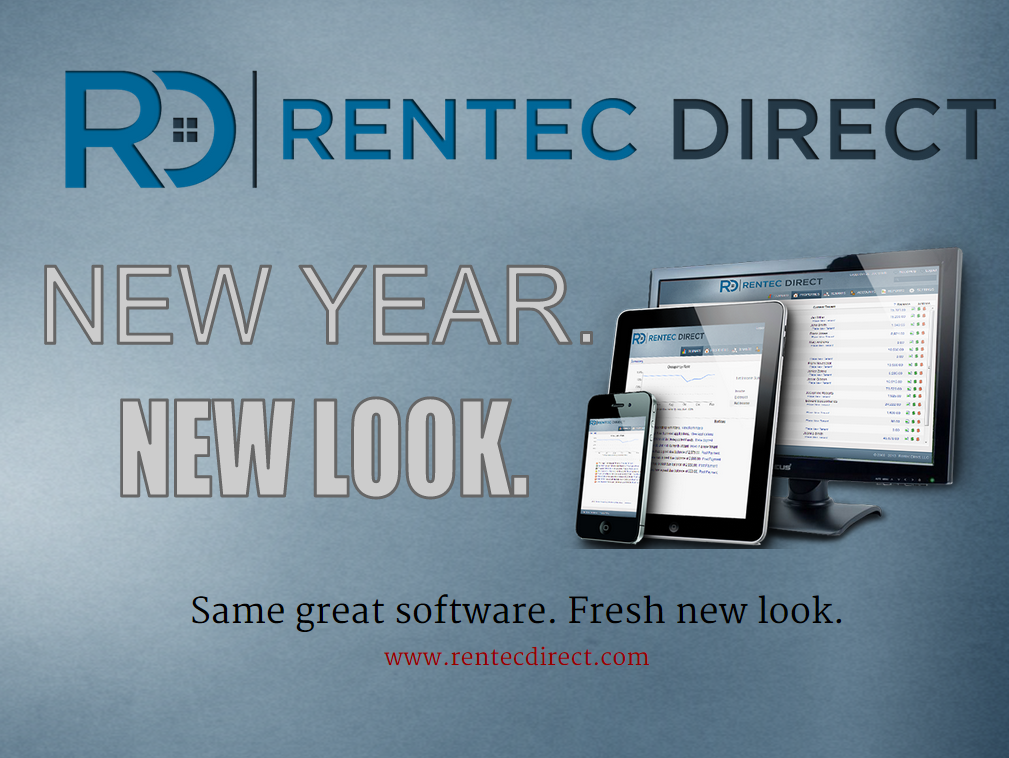If you’ve tried getting a conventional loan recently, you may have ran into this brand new roadblock. Fannie and Freddie have implemented a new guideline for conventional real-estate loans. They limit you to a maximum of 4 total properties. The moment you go to finance that 5th property you smash into their new brick wall.
I’d say this is completely ridiculous. The foreclosures are caused by two groups of buyers. The widely publicized primary residence homeowners who were convinced to sign into an adjustable rate mortgage, and the lesser heard of builders who secured construction loans for building their projects, and then converted them to investment loans once the project was complete.
I truly feel for the first classification of folks. To be booted out of your primary residence because the bank increased your rate is absolutely a shame. Some may say shame on the buyer, and yes, that is somewhat true. They should have read those 85 pages of small print text provided at closing. But I say shame on the banks, and more importantly the brokers who sold these loans.
Now the builders, therein lies the true catalyst to this problem. Construction loans are often short-term and high rate. Builders across the nation over the past few years have over-built, and now so many brand new homes sit vacant. The builders converted the loans to residential non-owner occupied loans, and those are the loans they are defaulting on because they can’t sell their houses. For those of us who actually use residential non-owner occupied conventional financing for true investment properties, we are penalized. Because such a high percentage of converted construction loans are defaulting, not only are the banks increasing restrictions on non-owner occupied loans, but so are the mortgage insurance companies.
There’s a few ways around this new guideline.
- If your already at 4 or greater properties, consider your wife, husband, or significant other. If their credit report shows them on less than 4 real-estate loans, they may qualify.
- Most portfolio lenders do not use this guideline, you’ll pay around 3/8 to 1/2 percent point higher rate, but they look at the property and your management rather than a strict rulebook. If you work with a mortgage broker, ask them to talk to their portfolio lenders. If they don’t have any, find a different broker.
- Most all credit unions have a private financing department. Loans which are fulfilled in house and not sold on the secondary market. Ask them if they have in-house financing available for real-estate. I find most credit unions have about the same rates as portfolio lenders.
- Private money is the final option I’ll suggest. Contrary to popular belief, private money is available to qualified investors. It takes some work to procure though. The REI Brain (a real-estate blog) has excellent information and resources about private money.
Regardless if you do qualify for conventional financing, or need to seek out a portfolio lender your going to need impeccable records. Lenders want to know they are lending to a sound person or organization who maintains positive cashflow on their properties. The best way to keep your records organized is to use property management software specifically designed for the purpose.





